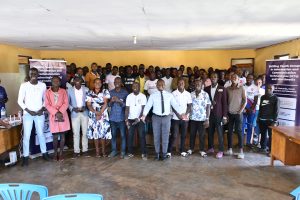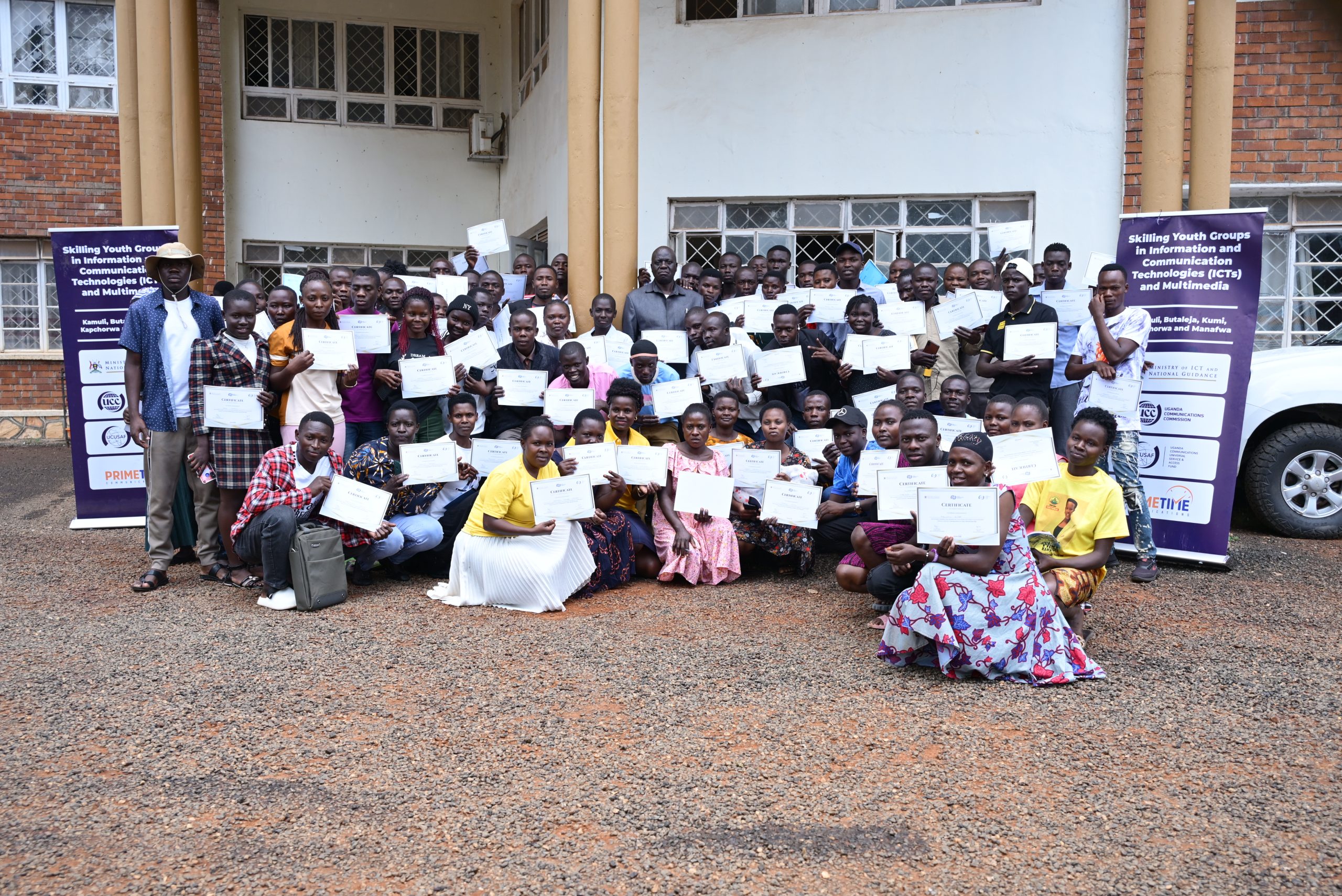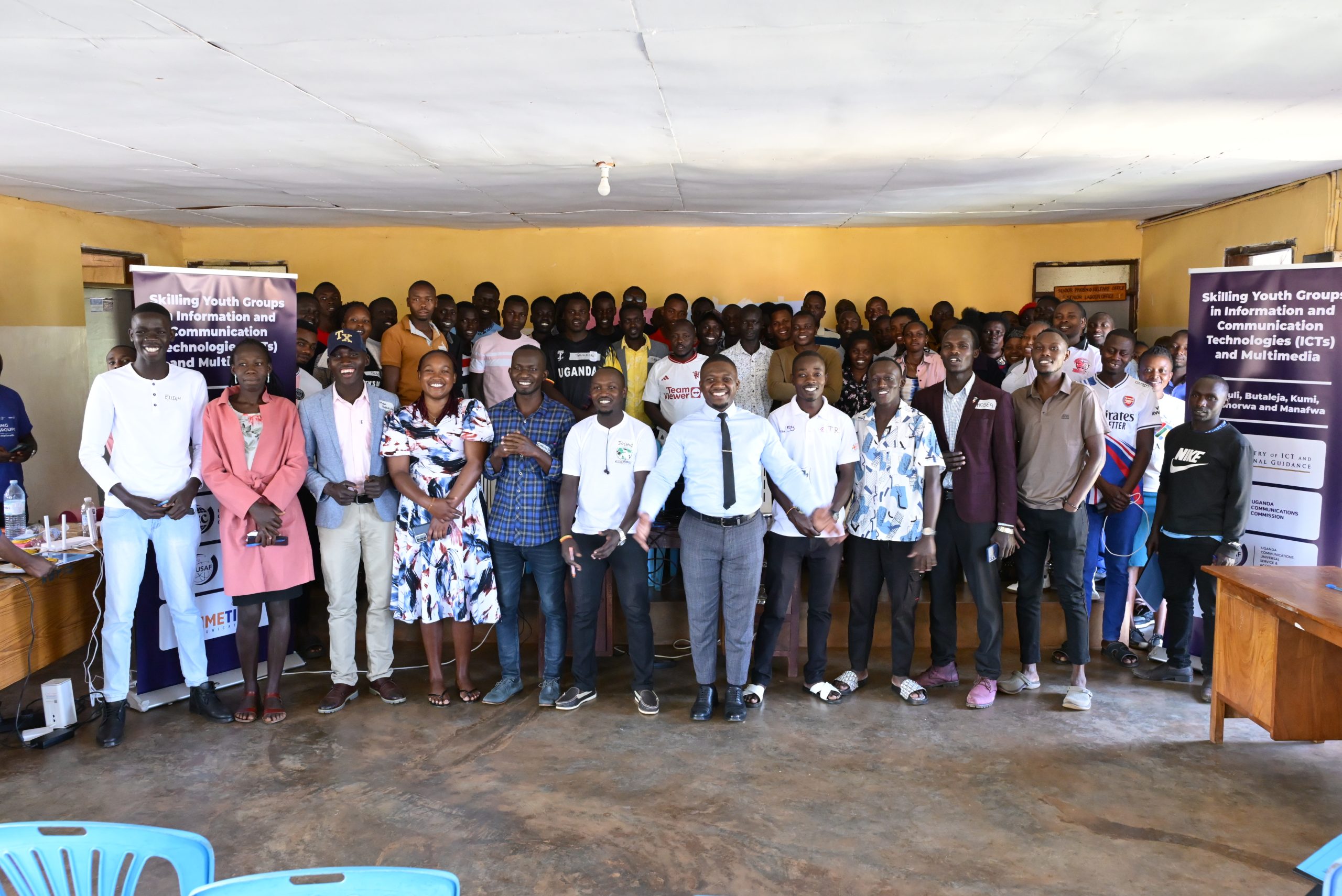By Denis Jjuuko
A few decades ago, Ugandans would turn up in large numbers to catch a soccer match at Nakivubo Stadium or wherever some of Uganda’s top clubs were playing. The rivalry between SC Villa, Express FC and KCC (precursor to KCCA) was unrivaled. It was tense. None of those teams wanted to lose against the other. Fans were worked up, each leaving no stone unturned in their fervent support for their respective clubs.
At some stage, the fanatism turned violent. Unhappy about a referee’s decision would see stones being hurled at him. Rival fans would turn to each other. It became bloody. Increasingly, fans started keeping away.
At the time, UTV (now UBC) had started broadcasting Football Made in Germany but the German Bundesliga wasn’t much competition for the Ugandan league.
Then TV stations were liberalized in the early 1990s leading to the establishment of privately owned stations. In order to lure audiences, they started broadcasting the English Premier League for free and on a loop. If you missed a match over the weekend, on Monday morning it was being repeated.
We had moved from black and white television to color. We could tell the color of the jerseys and enjoyed the aesthetics that the English Premier League TV production brings. We didn’t realize that a 14- or 21-inch screen was such a small thing to enjoy football!
Ugandan soccer has never fully recovered from that even though the numbers of fans that watch the Ugandan league is improving. Masaza Cup and Uganda Cranes matches have huge turn ups, so there is hope.
The dip in numbers and the suffering Ugandan soccer has gone through partly because of violence should not be oblivious to Ugandan musicians. During the festive season, Alien Skin introduced violence perhaps unheard of in the Uganda music industry. At several events, he would arrive with a gang who would force off whoever they found singing on stage and take over.
At one stage he asked where his fans were standing and his gang jumped on those who either didn’t put their hands up or booed him. It was chaos. Some people must have been injured.
Unlike musicians like Lydia Jazmine who didn’t fight back whenever Skin attacked, Pallaso would have none of it. And the fight was extended to the home with rival gangs attacking each other. Cars were destroyed.
Like the violence that happened in soccer, if the musicians continue fighting and beating those who are perceived not to be their fans, the revelers would find better options to spend their time and money. The losers would be the musicians.
Like sportsmen, the career of a musician is about 10 years, for those who are lucky to make it that far. Otherwise, the majority don’t go beyond five years. The musicians who go beyond 10 years are the exception and they are always in their minority.
In fact, after a musician attains the age of 45, most likely they cease producing hits and only rely on their old songs with a mix of a few new one to attract audiences. Fans attend partly for nostalgic reasons. That is why Fred Ssebatta who used to fill Nakivubo Stadium now performs at Serena for under 1,000 people who are his loyal fans.
This is a global phenomenon. Otherwise, when did Stevie Wonder or Lionel Richie or Madonna last produce a global hit? They still produce music but the songs receive lukewarm receptions. Like sportsmen such as Michael Jordan or David Beckham, they rely on other investments. Their personal careers as musicians and sportsmen ended long ago.
The same will happen to the current crop. Bebe Cool released a new song the other day but it is yet to gain traction. It might not. He is past the age that produces music that attracts large audiences. Afrigo relies on its decades-old music. Chameleon may never be able to compete again with the current lot that is making the waves. Bobi Wine already understood this and quit music for politics. Ragga Dee tried politics, failed and is now an always in Gulu lobbyist!!
The musicians who didn’t understand that their careers are short lived have been camping in Gulu looking for the opportunity to beg Gen Salim Saleh, who has now turned to issuing hand written notices that they should leave him alone. Perhaps tired of issuing these notices, he rebuked them publicly the other day. He sees no value they bring to him.
Musicians earn more money than average workers during their short careers and they can use it to build real wealth. If they turn to destroying their 15-year-old cars that they are driving during their prime, what would they drive when their careers end in a few years?
The kind of apartment that I saw where Skin lives during his prime shows the kind of life he will live when his bubblegum music stops paying. He had better save whatever money he is making now. He could attack Pallaso or whoever by composing lyrics that wow his fanbase and endure him to more people. He would earn more from that and spend less on gangs and repairs on already old cars.
But the entire music industry should take lessons from soccer. Violence will not endear fans to the musicians. It will keep them away.
The writer is a communication and visibility consultant. djjuuko@gmail.com











